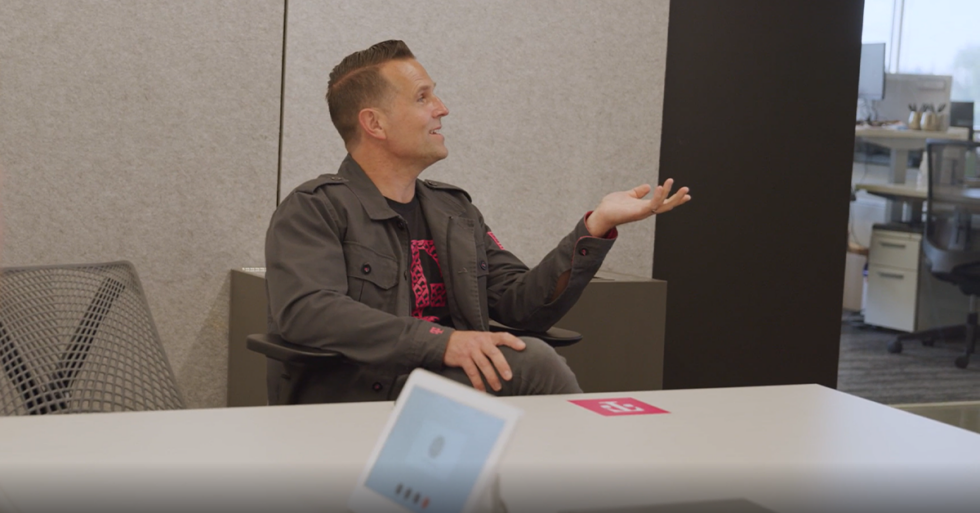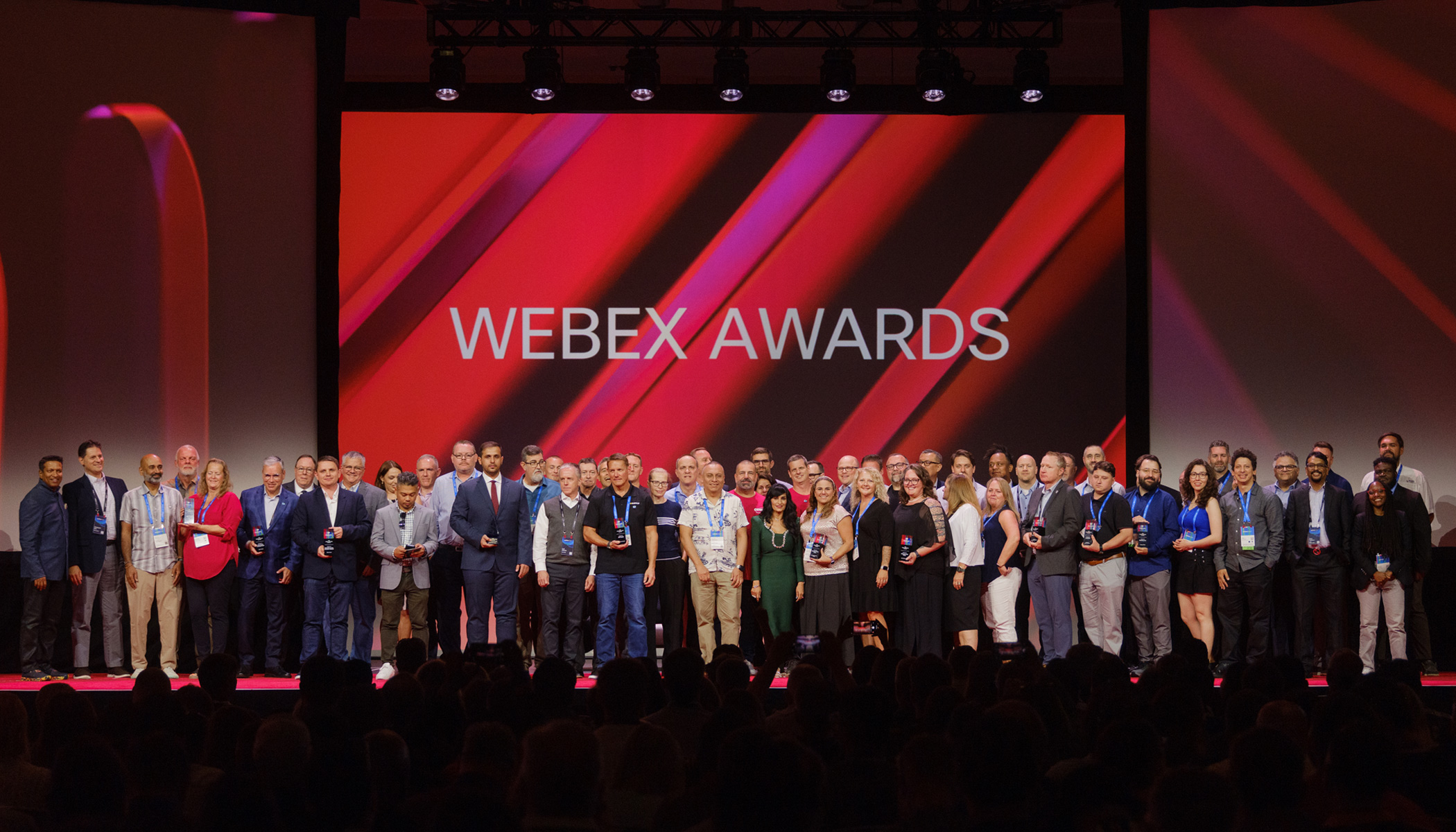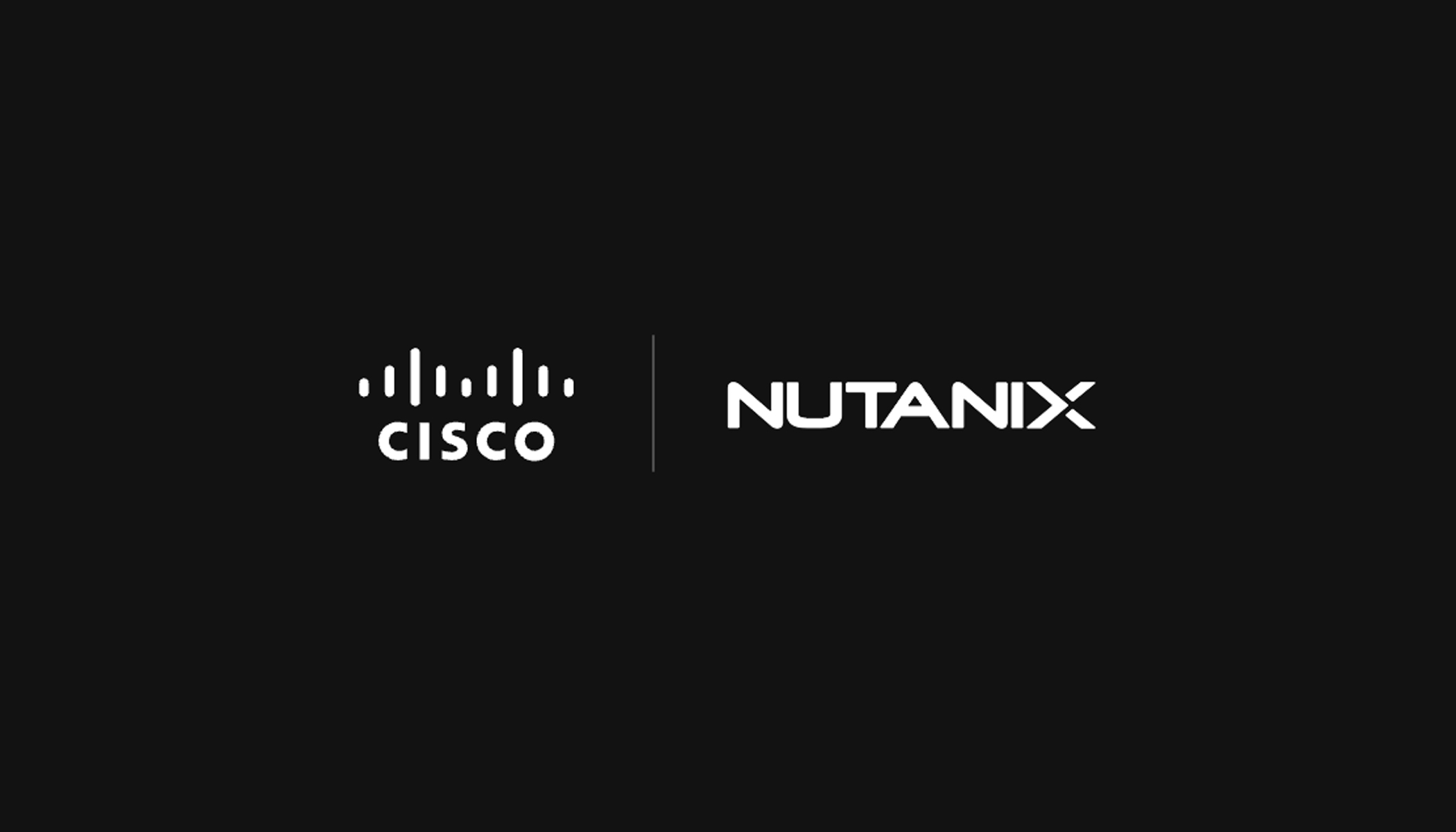Text, received. Video, connected. Call, answered. We’ve all grown accustomed to instantaneous virtual communication—it’s as natural to us as chatting in person. So much so that even the slightest tech issue or disruption can lead to major frustration. And for businesses—just as for individuals—disruptions aren’t simply frustrating, they’re also a huge productivity loss. With hybrid work now the new normal, getting in touch with colleagues virtually should be as easy as turning to the person at the desk next to you, even if you’re actually working miles apart. As one of the leading wireless providers in the United States, T-Mobile is very familiar with the need for effortless connection. Millions of people count on T-Mobile to keep in touch with the most important people in their lives. However, T-Mobile’s own nationwide team was experiencing issues with their existing collaboration technology that made it challenging to communicate, collaborate, and provide customers with top-notch service. “We have employees distributed all across the country and so being able to connect seamlessly easily with a consistent experience is paramount,” said Darcey Estes, T-Mobile’s VP of Corporate Real Estate and Facilities. After much research, T-Mobile chose Webex as the ideal partner to provide the intuitive, reliable collaboration experience their team needed. 
Transforming collaboration with intuitive video conferencing
Before Webex, T-Mobile’s collaboration experience was anything but seamless. Their distributed, nationwide team regularly spent several minutes during their meetings just getting connected. Employees had to navigate a complex web of cameras, speakers, screens, projectors, and phones from various vendors. “It was taking anywhere from six to 15 minutes to get a meeting fired up. The anxiety level for our employees was just astronomical,” said Geoff Filion, Senior Software Engineer of Collaboration & Productivity Services at T-Mobile. The team wanted an efficient, integrated system that they could easily manage—and Webex delivered. “The killer feature was integration,” said Joshua Baever, Senior Systems Reliability Engineer at T-Mobile. “Cisco not only makes Webex software but also all the conference room hardware, including smartboards, cameras, microphones, speakers, and the desktop touchscreens that we need to run it. Webex also integrates with Cisco switches and routers, and Cisco IP telephony products. It is also available as a desktop and mobile client for third-party operating systems.” (For more on Baever’s Webex experience, see his full article.) Having a unified collaboration suite with the Webex App and Webex Devices proved transformative for T-Mobile, allowing them to start meetings in just seconds. Gone were the days of wasting thousands of minutes trying to get connected.
Connecting a remote team to deliver incredible customer experiences
When the events of 2020 led T-Mobile to transition their team to remote work, Webex again proved a critical partner. “In a matter of weeks, we were able to shut down all of our call centers and enable 12,000 agents to get back on the phone to help our customers,” said Tamara Jensen, Senior Technical Product Manager of Customer Contact Experience at T-Mobile. “We know now that we don’t have to be physically together because we have the tools that we need to stay in contact with each other.” Webex also played a key role in helping new teams come together after T-Mobile completed their major merger with Sprint in April 2020. “Webex was critical in the success of the Sprint merger,” said John Morrison, T-Mobile’s Director of Collaboration & Productivity Services. “From Day 1 that is how we communicated due to what was happening in the world. We had executive meetings on Webex, we had new team meetings. We were being introduced to new folks we hadn’t worked with in the past.”Powering a hybrid work future
As T-Mobile looks ahead to a hybrid work future post-pandemic, they see Webex playing a central role. “T-Mobile is leveraging Webex as part of its return to office strategy to include things like a touchless environment,” said Eric Jensen, T-Mobile’s Senior Manager of Collaboration & Productivity Services. “Regardless of where you’re working from, we want our employees to feel included and that they have a voice.” With Webex, colleagues can enjoy the benefits of working “face-to-face” whether they’re in the office or at home on any given day. T-Mobile also leverages Webex’s robust video conferencing features—such as reaction emojis and immersive screen sharing—to help everyone participate and make their voice heard. T-Mobile also highlighted the potential of real-time polling during Webex meetings via Slido, now part of the Webex Suite: “We’re even moving towards things like Slido, where we’re not just presenting content to people, but we’re making that content interactive.” For T-Mobile, hybrid work is a long-term reality and with Webex, they’re well-equipped to collaborate effectively and stay connected with their customers. “Webex will play a key part in T-Mobile’s future collaboration strategy,” Eric Jensen said. “It’s a platform we can integrate across our technology stack and we can adapt to the changing needs of our different employee groups.”For more on how T-Mobile leverages Webex to deliver excellent customer experiences, see this blog post and the full case study. And to learn more about how your company can thrive in the hybrid work world, check out this eBook and take our Hybrid Work Readiness Assessment.Learn more





